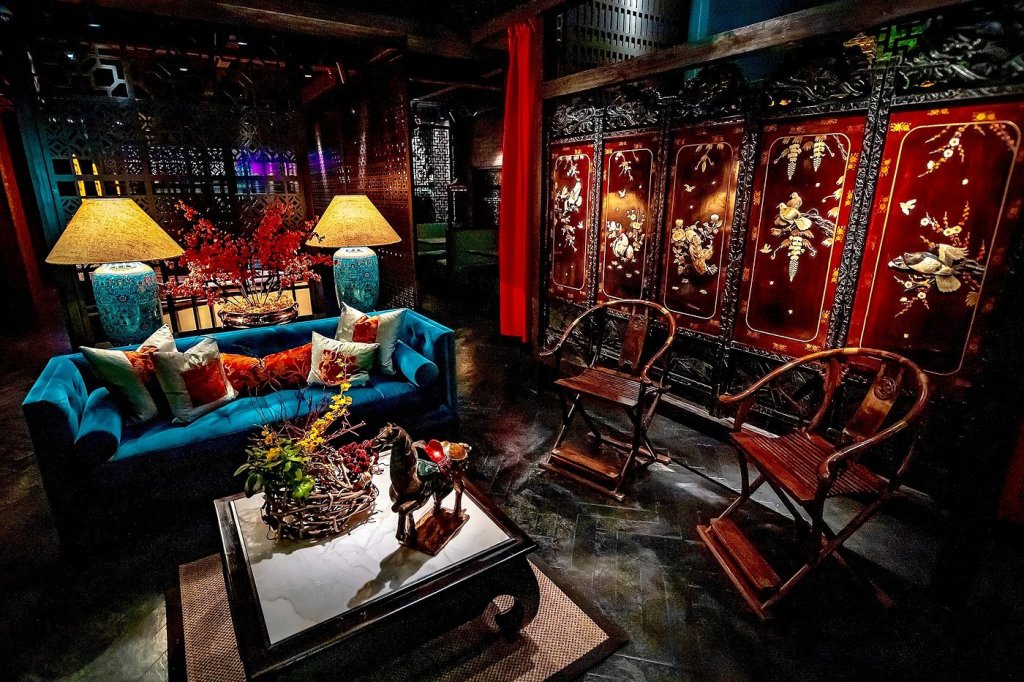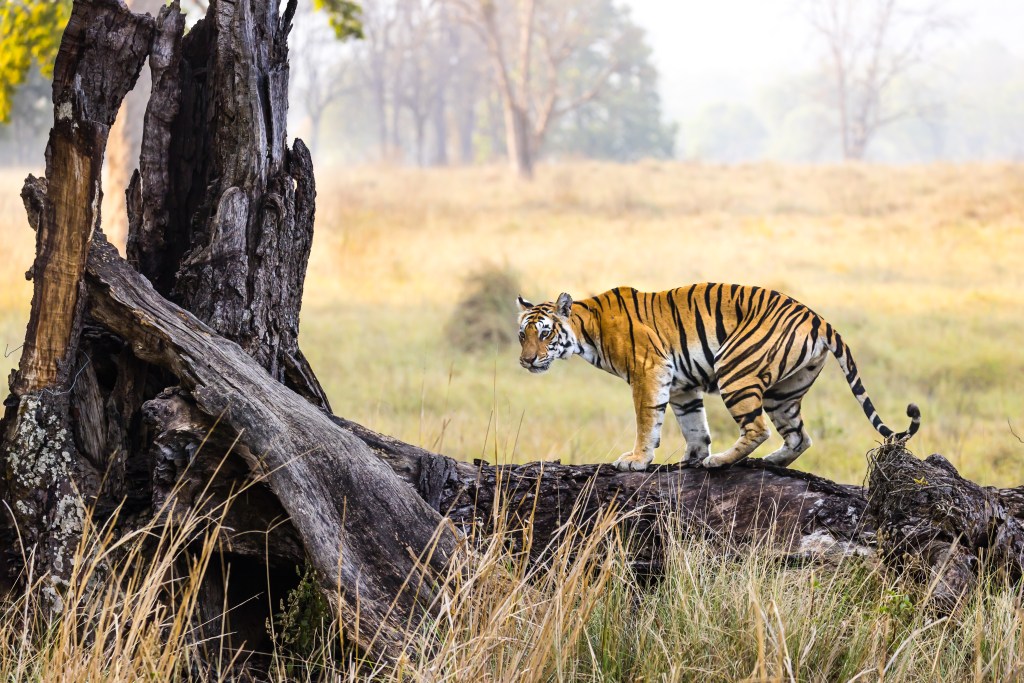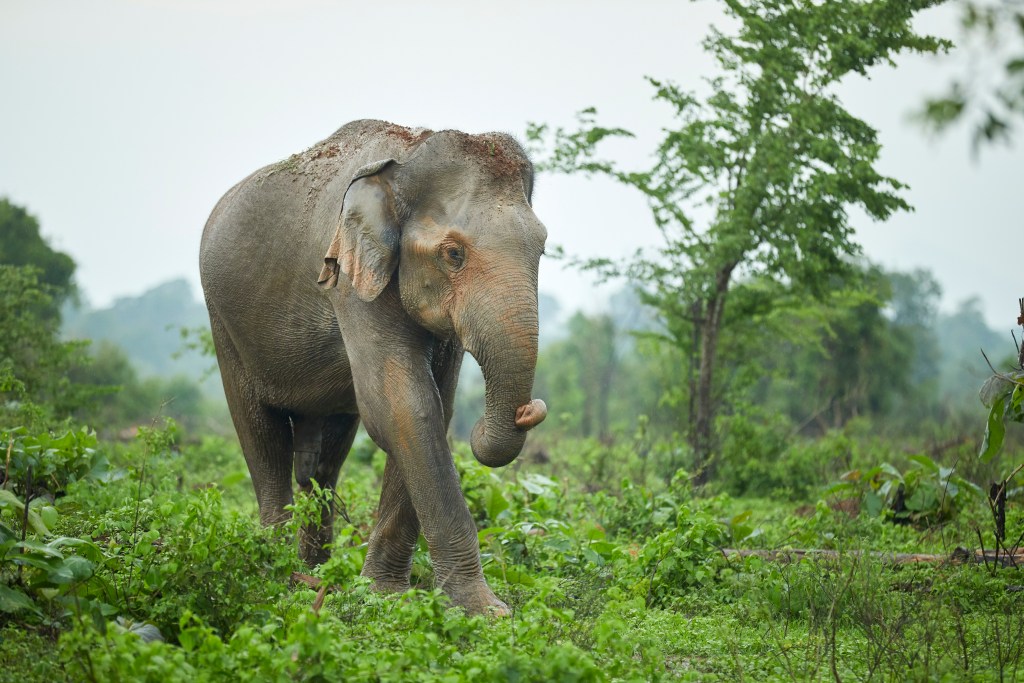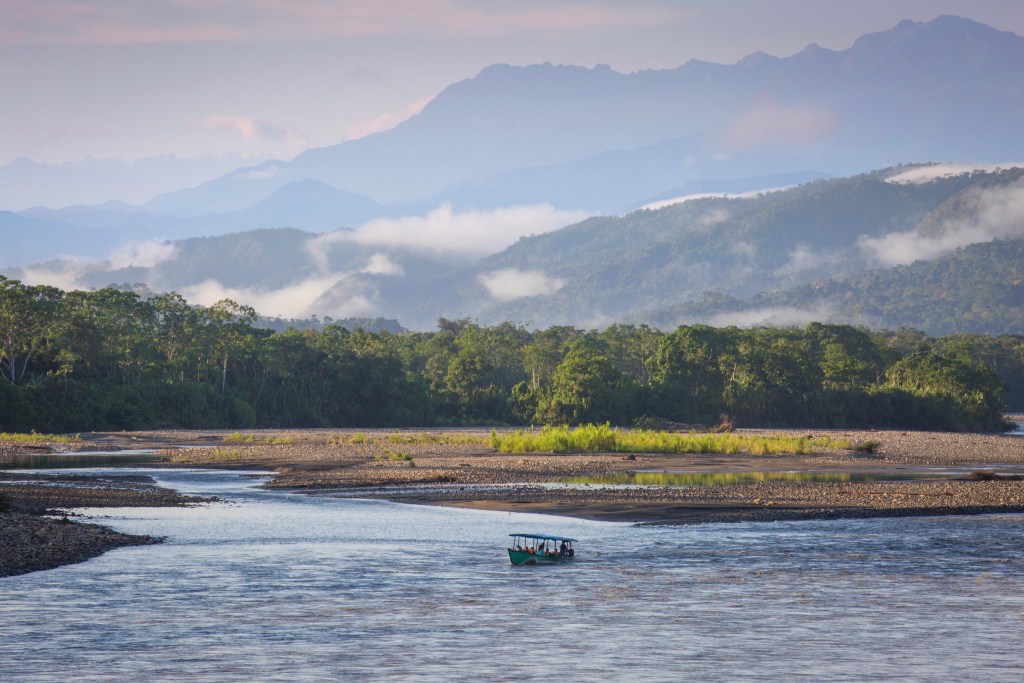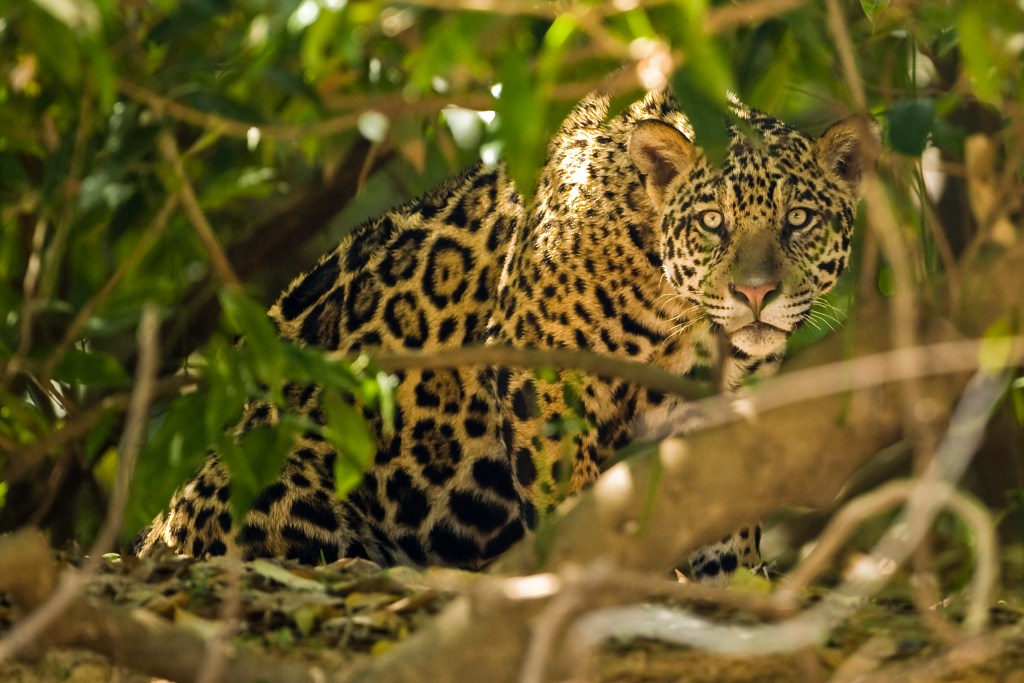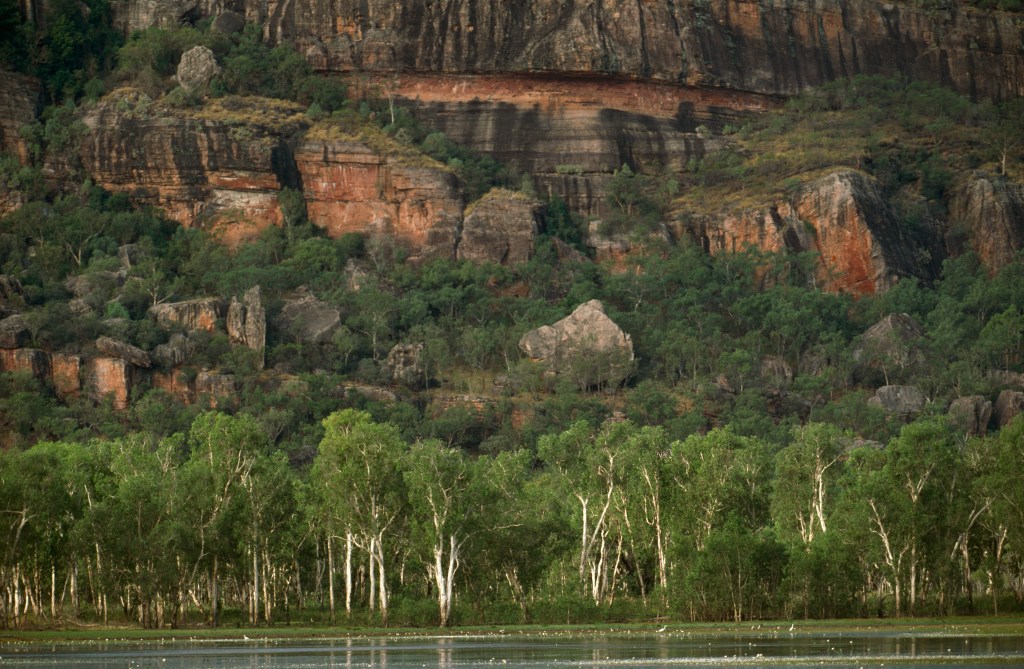If you’re flying all the way to Sydney, Australia, you can’t afford to miss out on the city’s best attractions.
From making the time to visit the famous sites and landmarks to finding the perfect rental, there’s a lot that goes into creating a seamless trip Down Under.
But given the distance from the United States and the cost of flying across the planet, it’s not likely a trip that you’ll repeat anytime soon.
Thankfully, Sydney is a large city—one that’s home to various counter-cultures, dives, and hidden gems. For the average traveler, it’s not hard to get lost in neighborhoods like Surry Hills and Chippendale. There, you can find more textured, surprising experiences that take you off the tourist track of Sydney Opera House and Bondi Beach.
After all, the most memorable trips aren’t always the most predictable ones.
If you want to dig deeper into Sydney’s weirder side, check out these five hidden gems. You can easily bundle them into your existing itinerary to create a more pleasantly surprising trip.
5 hidden gems in Sydney
White Rabbit Gallery

I told you—Chippendale is one of the coolest neighborhoods in the world, not just the country or the city. There, you’ll find White Rabbit Gallery. This unassuming building is home to some of the most famous and impactful artwork from Chinese artists since the turn of the 21st century.
If you’re a fan of fine art, especially of the Eastern variety, you probably already know about the gallery. If you don’t—and even if you’re not one for fine art—you’ll enjoy its exhibits.
At the moment, you can enjoy the space’s 32nd exhibit called XSWL, which includes pieces from famed Chinese artists. There’s also a gorgeous tea house where you can rest your legs and eyes after all that staring.
Fairy Bower Pool
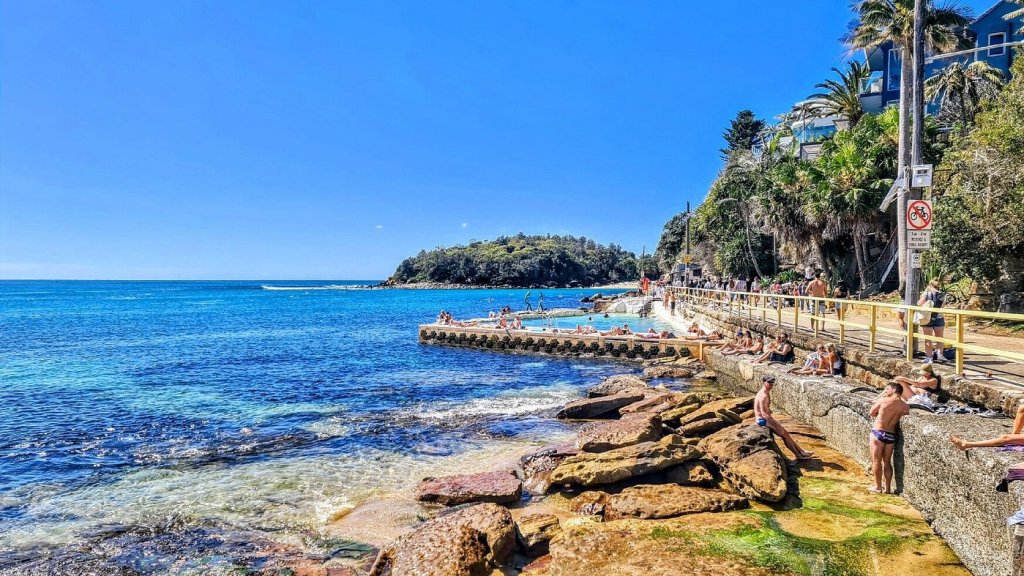
Who doesn’t love an avant-garde pool? Located in the Marine Parade in Sydney is Fairy Bower Pool. This unique watering hole consists of a triangular-shaped slab of rock that residents created back in 1929.
As it nears its centennial, you can take a dip and enjoy the seaside views—and the sculptures that line the pool, which are reminiscent of nymphs.
Wendy Whiteley’s Secret Garden
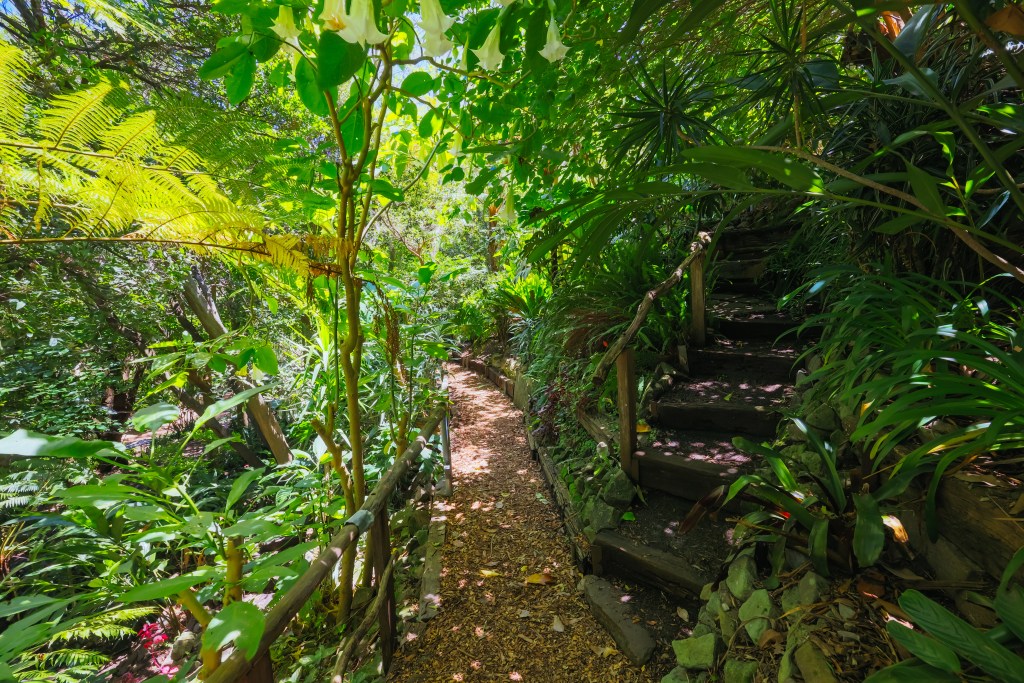
For years, this gorgeous little cove has welcomed visitors and locals alike. Like the name suggests, Wendy Whiteley’s Secret Garden is tucked away from Sydney’s main drag.
As soon as you step inside, you’ll feel like you’ve exchanged the metro madness outside for a charming jungle escape.
You’ll probably also feel like you’re participating in something special—and it really is a touching project.
Wendy Whiteley’s Secret Garden comes from an artist (named Wendy) who sought refuge and solace after losing her husband in the 1990s. She planted the gardens at an unused railroad site near her home; though it was never her property, nobody stopped her, and she’s now the champion of one of Sydney’s coolest attractions.
Wildflower Brewing & Blending

You can make booze out of pretty much anything. At least, that’s what the great minds at Wildflower Brewery believe. They make beers from yeast and bacteria of native New South Wales flowers. (New South Wales = province where Sydney is located.)
The result is a range of light and unique brews that you (literally) won’t find elsewhere. Not only do they source their ingredients carefully, but they also participate in regenerative practices to support local fauna.
You can visit their ‘village’ location just outside Sydney in Marrickville.
Badu Mangroves

If you’re heading to Sydney Olympic Park, then make sure you set aside time to explore the Badu Mangroves. Previously overlooked, these unique wetlands and waterbird park are now a popular route for locals who want to hike and cycle.
The Badu Mangroves span over 56 hectares, stretching from the Olympic Park down to Homebush Bay. There’s a large boardwalk, along with smaller walkways that weave throughout the wetlands.
There’s even a massive shipwreck known as the Floating Forest thanks to the green blanket of plants and trees overtaking it.



